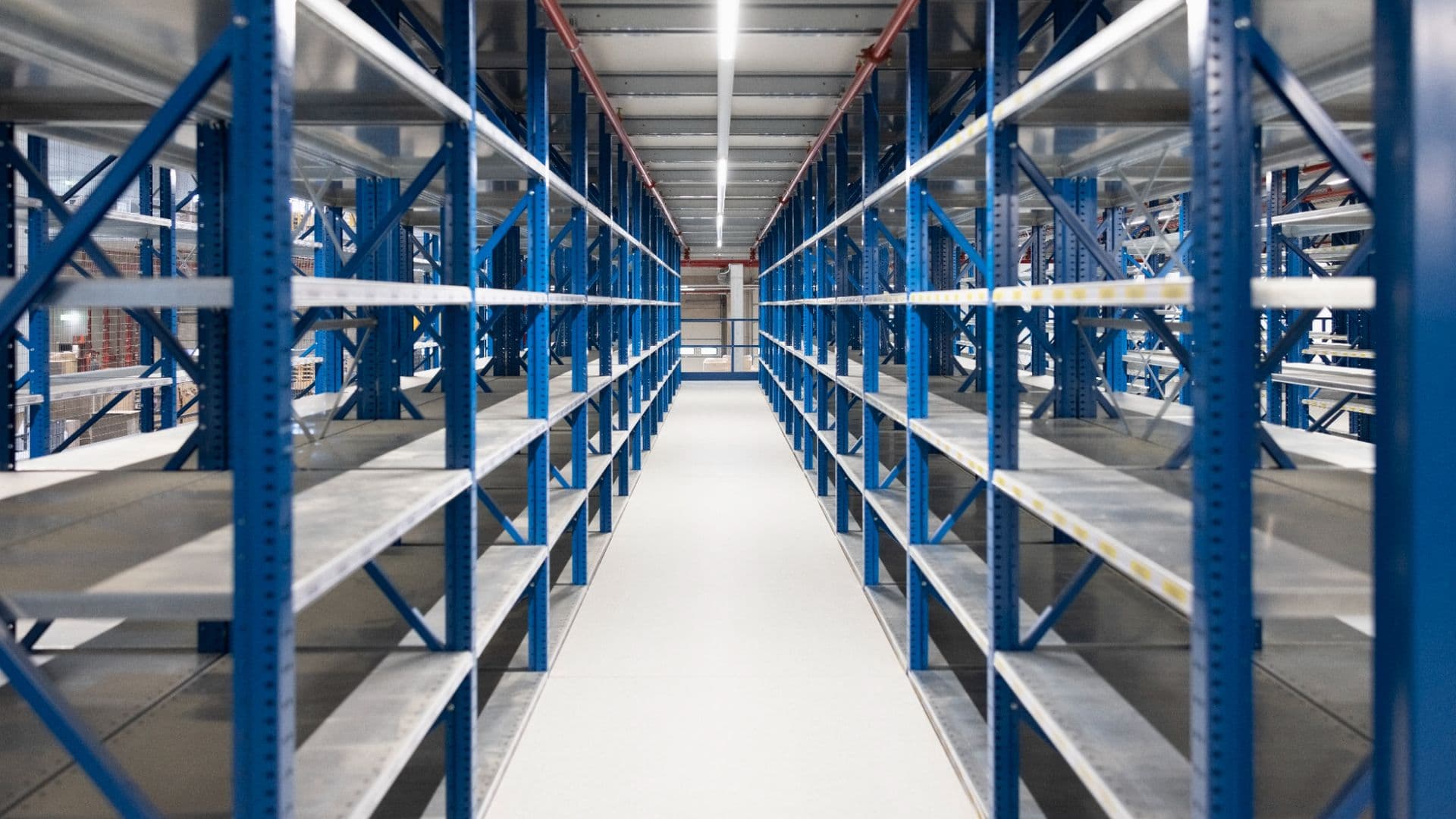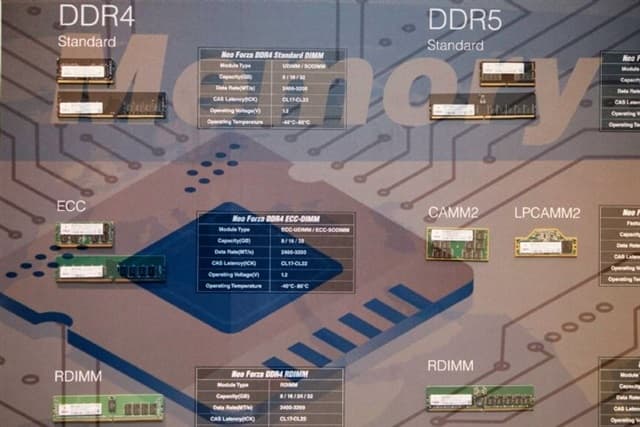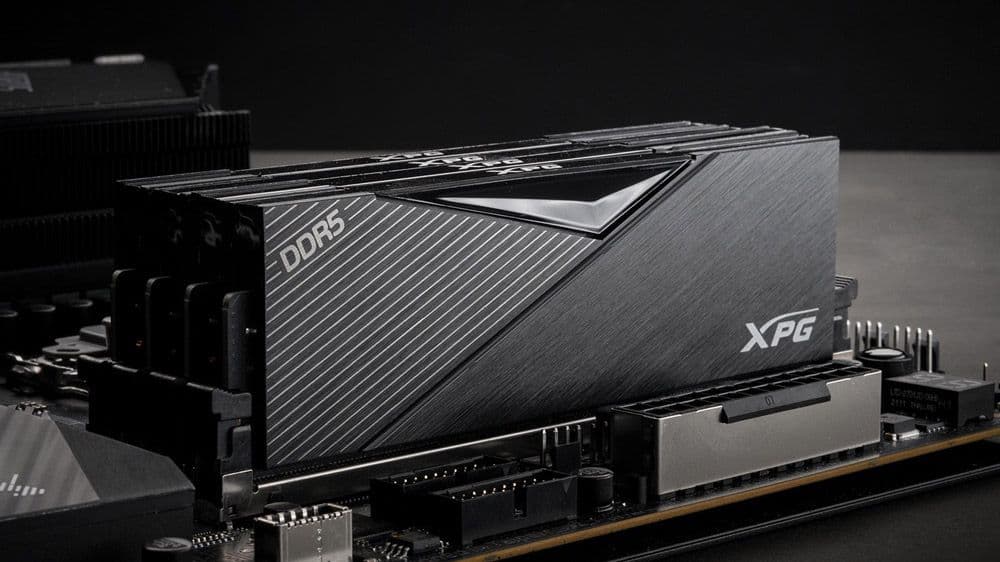
Adata’s chairman, Simon Chen, is sounding the alarm: AI data centers are hoovering up DRAM, NAND, and even HDDs, and that means PC gamers are about to pay more for RAM and SSDs. We’ve lived through GPU crypto crazes and pandemic-era supply chaos, but this one’s different. It’s not hype cycles or scalpers-it’s cloud giants locking in contracts that starve the consumer channel. If you’ve been waiting to bump your rig to 32GB or grab a bigger NVMe for your Steam library, the window for deals is closing.
AI training and inference don’t just eat GPUs; they chew through memory and storage at industrial scale. Wafer starts get diverted into high-bandwidth memory and enterprise DRAM, while NAND fabs feed hyperscale SSD arrays. That leaves fewer chips for the retail kits we drop into gaming rigs. Chen says cloud providers aren’t just another buyer anymore-they’re the buyer. When memory vendors juggle limited output, they fulfill the fat contracts first and ration the rest.
The telling sign: several module brands have paused price quotes. Last time we saw that behavior at scale, the consumer market followed with steady hikes. Add in DDR4 lines winding down and you’ve got the perfect pressure cooker-especially for anyone keeping an older but perfectly viable AM4 or Intel DDR4 system alive with a cheap 32GB kit.

One more practical note: the used market will heat up. That’s good for deals, but it’s also prime time for sketchy listings and fake-capacity drives. Stick to sellers with a track record and verify health stats the moment hardware lands in your rig.
Crypto mining ate GPUs; AI eats everything upstream. Memory markets are famously cyclical, and 2022–2023’s glut gave us a glorious run of cheap DDR5 and all-time-low NVMe prices. That era’s over. As HBM demand explodes, DRAM wafer allocation shifts, and the consumer side gets the crumbs. It’s not that vendors won’t sell to us—it’s that they literally have less to sell and better margins elsewhere.

Also, let’s be real about incentives. Adata benefits from higher pricing, and executives talking up “historic shortages” helps frame increases as inevitable. But when multiple manufacturers freeze quotes and revenue spikes while shelves thin out, the smoke usually points to an actual fire. Even if some of the messaging is self-serving, the trend looks legit.
If you can wait a long while, shortages may ease once new capacity for AI-focused memory comes online. But that’s a 2026-and-beyond story. In the meantime, expect volatility and a slow grind upward, with occasional sales that vanish fast.

AI is muscling gamers out of the front of the RAM and SSD line. DDR4 could spike around 30% by early 2026, with DDR5 and NVMe not far behind. If you’re eyeing a 32GB kit or a 2TB Gen4 SSD, the smart money says buy soon, aim for proven value tiers, and skip the spec-chasing tax.
Get access to exclusive strategies, hidden tips, and pro-level insights that we don't share publicly.
Ultimate Gaming Strategy Guide + Weekly Pro Tips